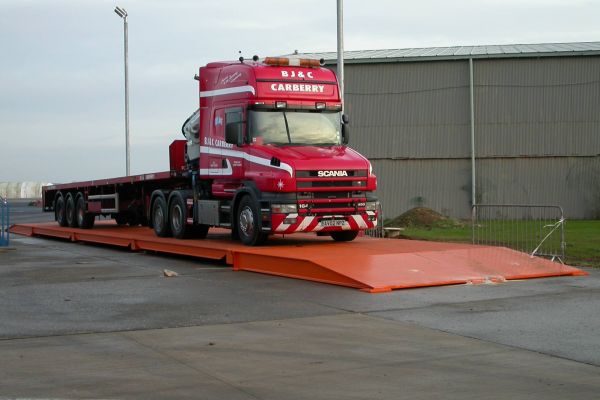If you’re planning an LTL shipment, you should understand how shipping rates are determined. Once you know the basis for the rates, you may be able to package your shipment in a way that reduces its shipping cost.
FTL (full-truckload) shipping rates are fairly straightforward; they’re based on a per-mile rate or price-per-hundred weight plus a fuel charge. LTL (less-than-truckload) shipping rates are far more complex, as several factors affect the cost of an LTL shipment:
1. Weight
The more your shipment weighs, the less you pay per hundred pounds. Carriers refer to a chart that lists cost-per-hundred weight (CWT) and is broken down into certain weight breaks. As your shipment weight increases, it moves into the minimum weight of next highest weight category, which has a lower rate-per-hundred pounds.
2. Density
Density is the weight per cubic foot, and the denser the product, the lower the rate. Why? In general, dense packages are harder to damage, easier to handle and take up less truckload space than less dense or lighter freight. It’s possible to lower your shipping cost by packaging items more efficiently, thus reducing the overall size of your package.
3. Freight Classifications
The National Motor Freight Traffic Association (NMFTA) established freight classifications. Every shipment can be assigned to one of the 18 catergoies that make up the National Motor Freight Classification (NMFC) system. Categories range from Class 50, which is the least expensive, to Class 500, the most expensive. The highest classes are designated for lighter, less dense items or packages that are harder to handle, are more valuable and/or require more space.
Classes are based on:
- Density - As discussed above, the denser the product, the lower the shipping rate.
- Stowability - Items that are difficult to stow, such as irregularly shaped items, ship at a higher rate than those that can be stacked easily.
- Handling - Difficult-to-handle items require more work to load and move, and thus are more costly to ship.
- Liability - You’ll pay more to ship valuable items, products that are highly subject to theft, and perishable goods.
4. Distance
As you would expect, the longer the haul, the higher the rate or price-per-hundred weight you’ll pay. A number of LTL carriers serve specified geographic areas. If your shipment is going to a location outside your carrier’s region of service, your package is transferred to another LTL carrier for final delivery. This practice, called interlining, often comes with higher costs.
5. Base Rate
It’s important to compare shipping companies because each LTL carrier establishes its base rate-per-hundred pounds. What goes into determining a base rate? Typically, the base rate reflects the freight classification, weight of the shipment, and the distance and destination. Many carriers will adjust this rate to maximize truckload volumes or to balance trucks and freight on certain routes or lanes.
Still have questions?



